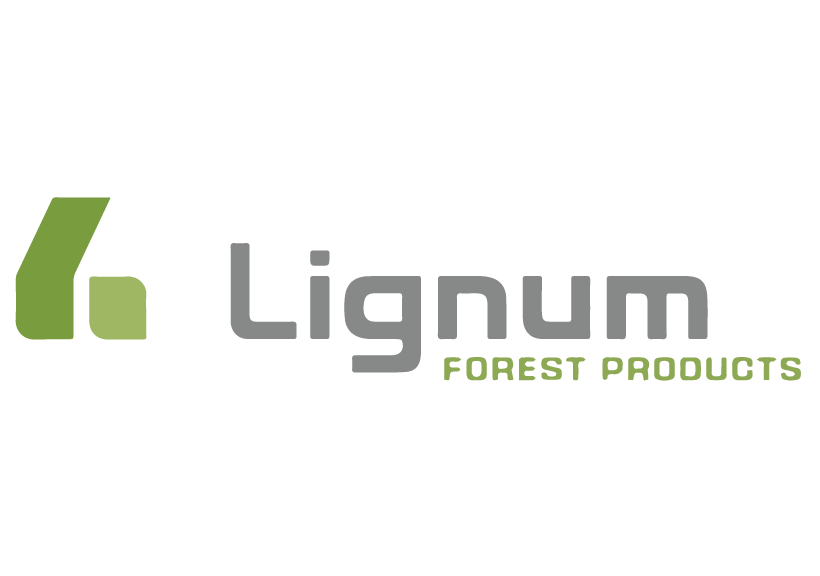Cedar is a universally popular wood, thanks to its beauty, versatility, and outdoor durability, but there are several different types of cedar and unique uses for each. Learn more about this flexible wood, and find out which type of cedar is best for your project.
Cedar Variants
Northern White Cedar is native to southeast Canada and the northeast quarter of the US. Northern White Cedar is decay-resistant, which is why it’s best used outdoors for shingles, posts, fence panels, decking, canoes, and saunas.
Eastern Red Cedar grows throughout the eastern US and is known for its pinkish-red hue. Eastern Red Cedar has a pleasant natural aroma and can be used to line closets and chests to ward off insects.
Yellow Cedar grows in the Pacific Northwest, including British Columbia, Alaska, Washington, and Oregon. This type of cedar is common in boats, canoe paddles, decks, railings and interior wall panels.
Spanish Cedar grows in Central and South America and is often used for furniture, windows, and cabinetry.
Western Red Cedar, or WRC, grows from southern Alaska to northern California and is found in the Rocky Mountains. Because of its natural ability to resist decay and repel water, WRC is best used outdoors for decking, siding, shingles, and other outdoor structures.
Why Western Red Cedar
The most popular and recognizable of all cedars is Western Red Cedar, also known as British Columbia’s official tree. WRC makes up about 25% of the coastal timber volumes and plays an essential role in the culture of First Nations. Its natural appearance, aroma, versatility, and durability often make it a natural choice for builders, no matter your project. In fact, in 2016, over 1.066 billion bd. ft. of WRC was consumed in the US.
WRC is used for both outdoor construction and interiors, and its versatility means that it comes in an assortment of lumber dimensions, surface textures, and grades. WRC is both incredibly durable and resistant to warping and twisting. When adequately treated, WRC can last for decades without any issues.
WRC and Sustainability
Timber products like WRC are also beneficial from an environmental standpoint. Wood is a more sustainable building material, especially in comparison to human-made materials. WRC is also the only significant renewable building material. Forests with cedar are among the most sustainably managed in the world, and Canada’s forests continue to flourish even after 150 years of harvesting.
Choosing WRC as a building material can also reduce energy consumption and help you save money. WRC contains naturally occurring thermal properties; when used as a building material, it can help a home stay warm in the winter and cool in the summer. These natural thermal properties make WRC a better alternative to steel and concrete builds. A well-insulated structure means lower heating and cooling costs, too.
Finding WRC and Other Cedar Products
Whether you’re considering a new build or sourcing building materials, consider cedar wood products.
For more information on Doman’s variety of building materials products, view the product catalogue. Doman does not sell directly to consumers, but please contact your local distribution centre to locate a retailer near you.



